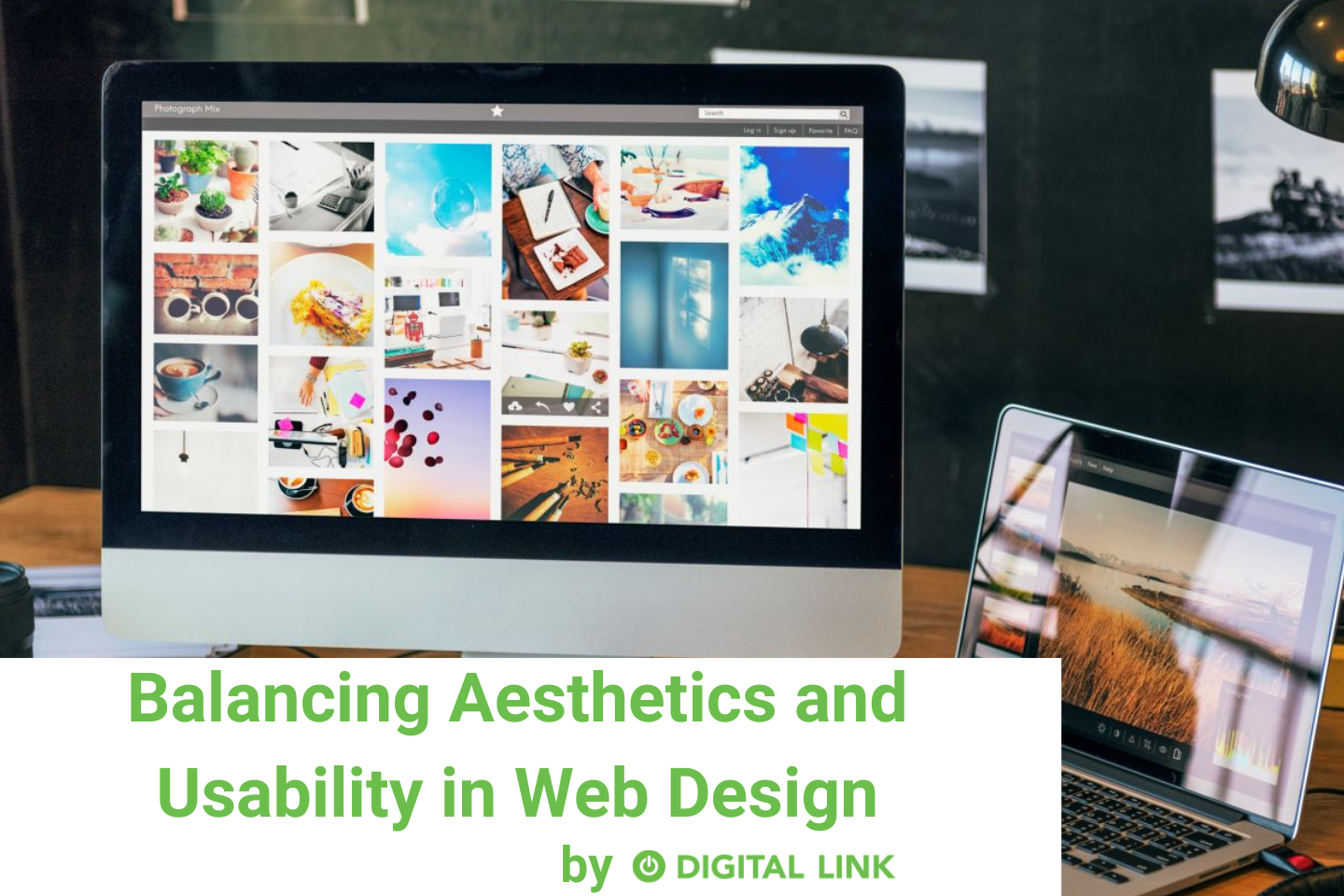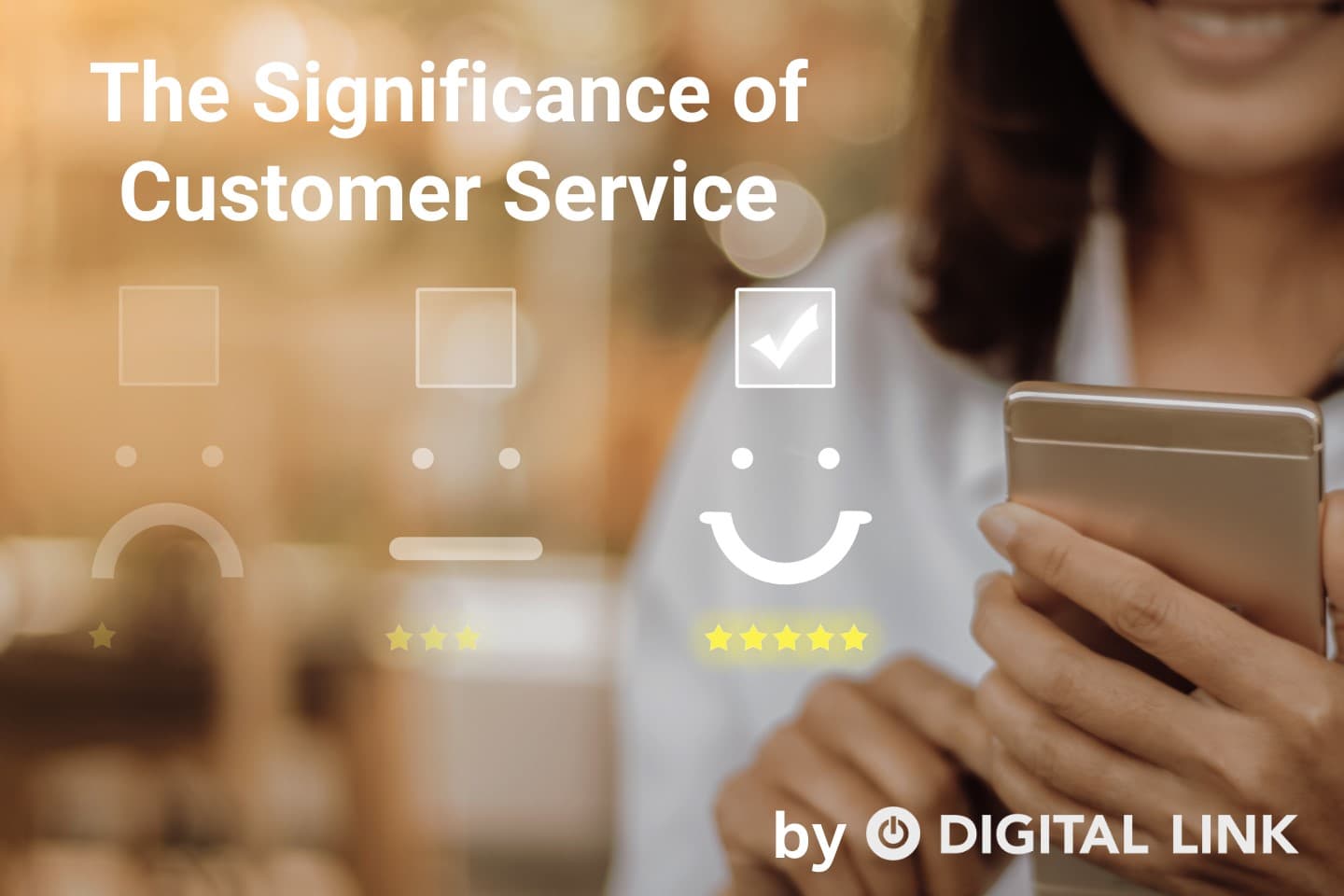
Balancing aesthetics and usability in web design is akin to walking a tightrope—lean too much on one side, and you risk falling into the trap of creating a site that’s either visually stunning but difficult to navigate or highly functional but lackluster in appearance. The key lies in striking a harmonious balance that appeals to users both visually and practically, thereby enhancing user experience and engagement. This equilibrium is crucial in the competitive digital landscape of 2024, where user expectations are higher than ever.
Here’s a comprehensive exploration of how to achieve this balance, ensuring your website is not only a feast for the eyes but also a pinnacle of user-friendliness.
Understand Your Audience
Before diving into design elements, take a step back and consider the people who will be using your site. Understanding your audience’s preferences, needs, and web-browsing behaviors is foundational to creating a design that resonates with them on every level. User research, personas, and analytics can offer invaluable insights into what your users value in both aesthetics and usability.
Prioritize Clarity and Simplicity
A visually cluttered website can overwhelm users, while a too-sparse design might fail to engage them. Aim for clarity and simplicity in your design to ensure that it communicates effectively without unnecessary distractions. Use white space judiciously to create a layout that’s breathable and easy on the eyes, highlighting key information and guiding users through your site seamlessly.
Opt for a Responsive Design
With the variety of devices available in 2024, from smartphones to tablets to desktops, a responsive design ensures that your website is accessible and visually appealing across all platforms. Responsive design adapts to different screen sizes and orientations, providing a consistent user experience that marries aesthetics with practicality.
Enhance Usability with Intuitive Navigation
Navigation is the backbone of usability. An aesthetically designed menu that users struggle to decipher can significantly detract from the overall user experience. Opt for intuitive navigation that users can understand immediately, employing familiar icons and a logical structure that effortlessly guides them through your site.
Incorporate Engaging Visuals with Purpose
Visual elements like images, videos, and icons catch the eye and can effectively convey information, but their use should always serve a purpose. Ensure that every visual element adds value to your content and enhances the user’s understanding or experience of your site. Quality over quantity prevails; high-resolution, relevant images and concise, informative videos can significantly boost both aesthetics and usability.
Use Typography to Your Advantage
Typography is a powerful tool that bridges aesthetics and usability. Choose fonts that are not only visually appealing but also readable across devices and sizes. Consider the emotional impact of font choices and their readability to ensure that your text enhances both the visual design and the site’s navigability.
Ensure Accessibility
In the pursuit of aesthetic appeal, don’t overlook the importance of accessibility. Use color contrasts that ensure legibility for users with visual impairments and structure your content in a way that’s navigable by keyboard and screen readers. An accessible website is more usable for all users, reinforcing the balance between form and function.
Test and Iterate
The balance between aesthetics and usability is not always achieved on the first try. Conduct user testing with real users to gather feedback on both visual appeal and functionality. Use this feedback to iterate on your design, making incremental improvements that enhance both aesthetics and usability.
Stay Informed on Trends and Best Practices
The worlds of web design and user experience are ever-evolving. Staying informed about current trends, technologies, and best practices can inspire innovative approaches to balancing aesthetics with usability. However, always weigh trends against the actual needs and behaviors of your users—trendy isn’t always synonymous with effective.
Achieving a balance between aesthetics and usability requires a thoughtful approach that puts the user’s experience at the forefront of design decisions. By crafting websites that delight the senses while providing a seamless user experience, designers can create digital spaces that users not only love to visit but also find effortless to navigate. This delicate balance is the hallmark of truly successful web design, fostering engagement, satisfaction, and loyalty among users.
Liked this article?
We are adding more useful articles to our blog every week! Join our subscribers to stay up to date on digital security, marketing, and social media trends.
By entering your email, you agree to receive our monthly newsletter. You can unsubscribe at any time!


